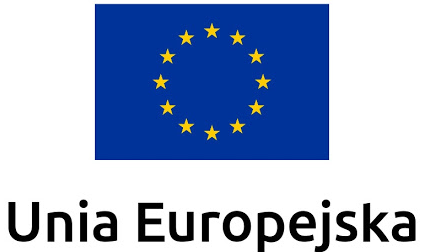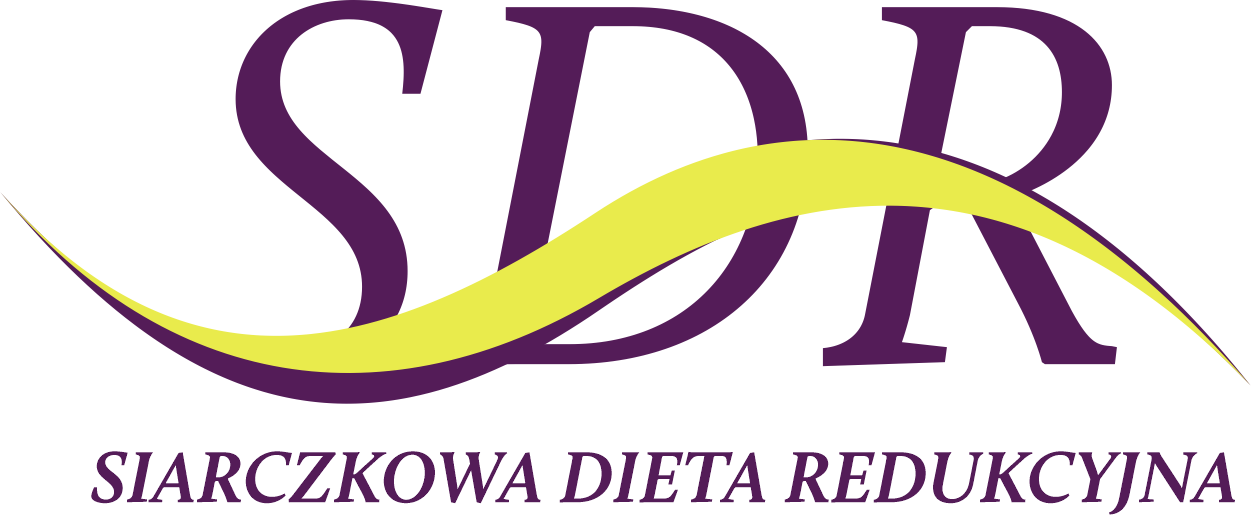
Rehabilitation after fractures, dislocations and sports injuries
Rehabilitation after fractures, dislocations and sports injuries
Fractures, dislocations, and sports injuries are common injuries that can affect both athletes and people who lead a less active lifestyle. A fracture is a break in the continuity of a bone that can be caused by a strong impact, a fall, or overuse. A dislocation, on the other hand, is a displacement of the bones in a joint, leading to a loss of normal contact between the joint surfaces. Sports injuries include a wide range of injuries, from muscle and ligament strains to more complex injuries such as meniscus tears or tendon ruptures.
These injuries can lead to significant pain, swelling, limited mobility, and impaired function of a given body part. Depending on the type and severity of the injury, the recovery period can last from several weeks to several months, and in some cases even longer. Without proper rehabilitation, these injuries can lead to long-term problems such as chronic pain, limited mobility, muscle weakness, and even permanent disability.
Prevention
Prevention of sports injuries and their consequences includes:
- proper warm-ups before physical activity,
- use of appropriate protective equipment,
- adherence to safety rules in a given sports discipline,
- regular strengthening and stretching exercises,
- gradual increase in training intensity,
- proper technique of performing exercises and sports movements,
- adequate hydration and nutrition,
- avoiding overload and overtraining,
- regular periods of rest and regeneration,
- taking care of general physical condition,
- quick response to the first symptoms of overload or micro-injuries,
- regular check-ups with a sports doctor,
- proper treatment and rehabilitation of previous injuries.
Treatment and rehabilitation of injuries after fractures, dislocations and sports injuries
Rehabilitation after fractures, dislocations and sports injuries is a complex process and individually adjusted to the type of injury and the patient's condition. The first stage is usually a period of immobilization, which is intended to protect the damaged tissues and allow them to heal. During this time, various methods of pain and swelling control are used, such as cold therapy, pharmacotherapy or manual therapy. At the same time, early mobilization of undamaged body parts begins to prevent muscle atrophy and maintain the overall fitness of the body.
After the period of immobilization, the phase of restoring mobility and strength begins. At this stage, various physiotherapy techniques are used, such as passive and active exercises, joint mobilizations, massage, electrotherapy or hydrotherapy. The aim is to gradually increase the range of motion, improve the elasticity of soft tissues and rebuild muscle strength. As rehabilitation progresses, increasingly advanced exercises are introduced, including proprioception, coordination and balance training. Re-education of correct movement patterns is also an important element to prevent re-injury.
The final stage of rehabilitation is to prepare the patient to return to full physical or sports activity. This includes functional training specific to a given sport or daily activities of the patient. In this phase, the emphasis is on improving performance, reaction speed and endurance. It is also important to educate the patient about injury prevention, safe exercise techniques and recognizing early signs of overuse. The entire rehabilitation process should be monitored by a team of specialists, including doctors, physiotherapists and trainers to ensure a safe and effective recovery.



